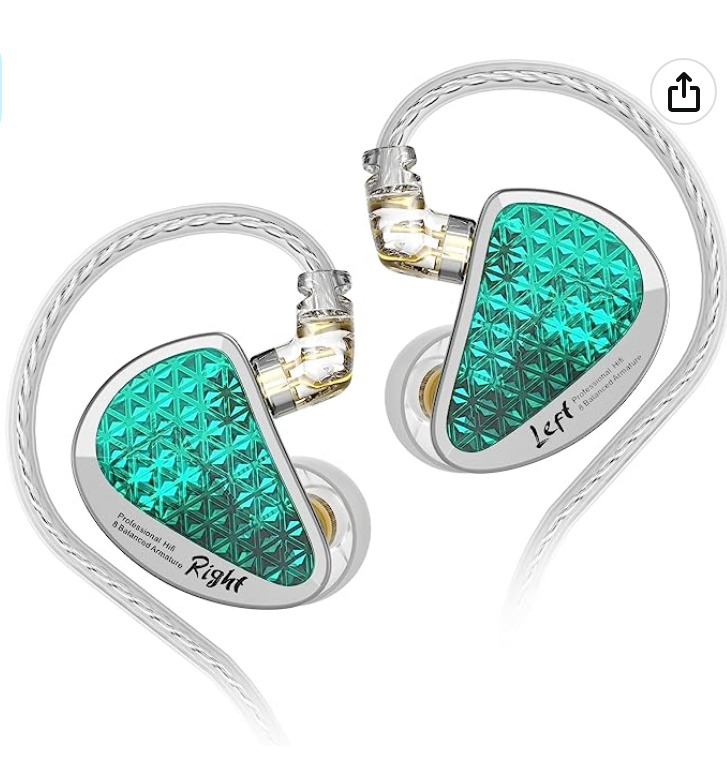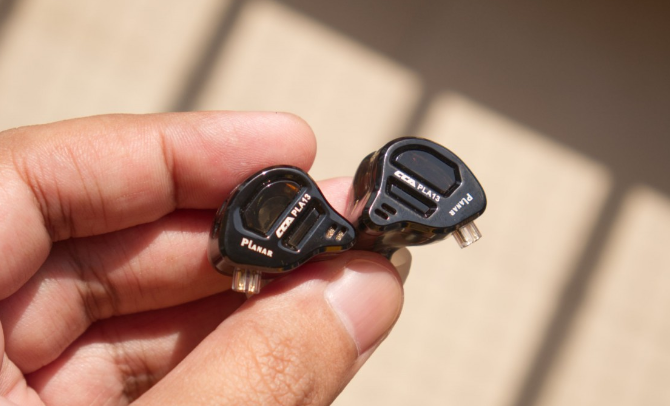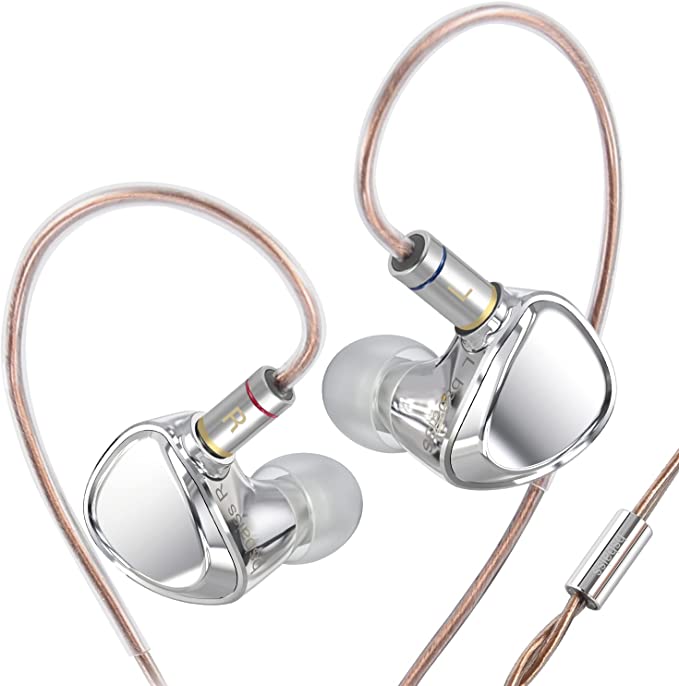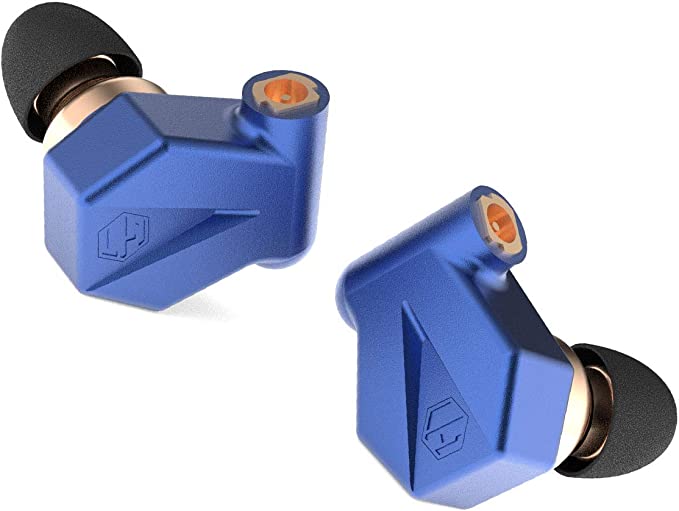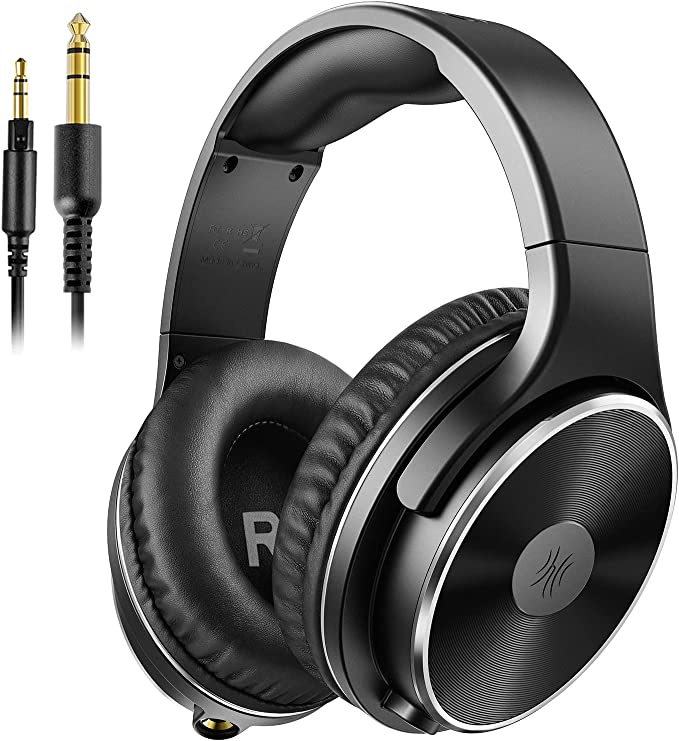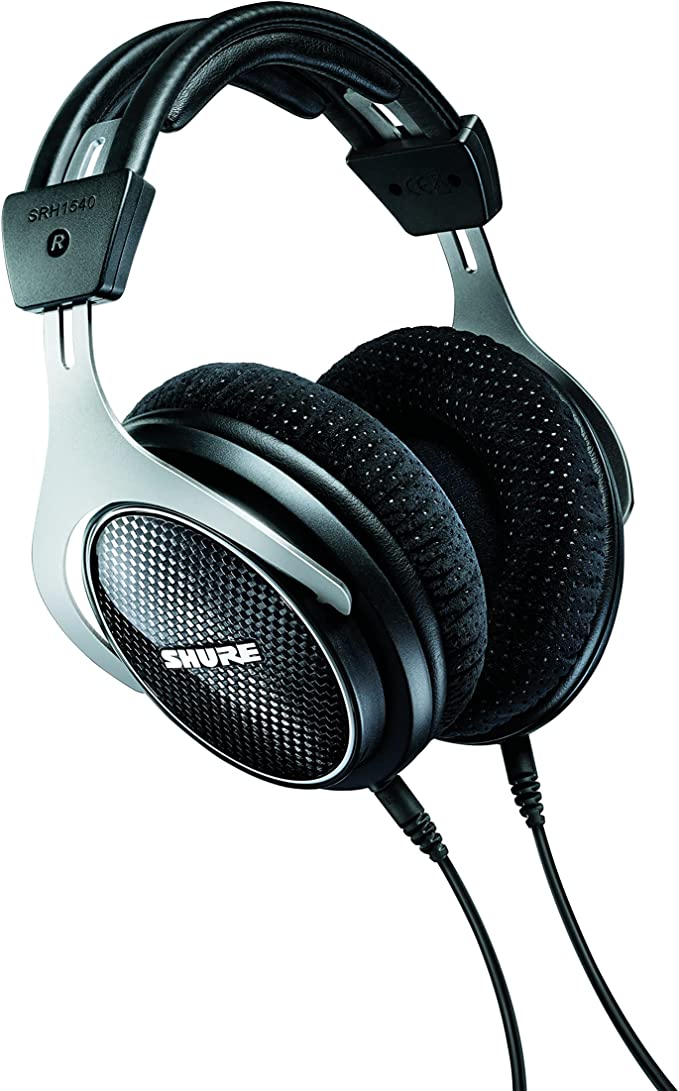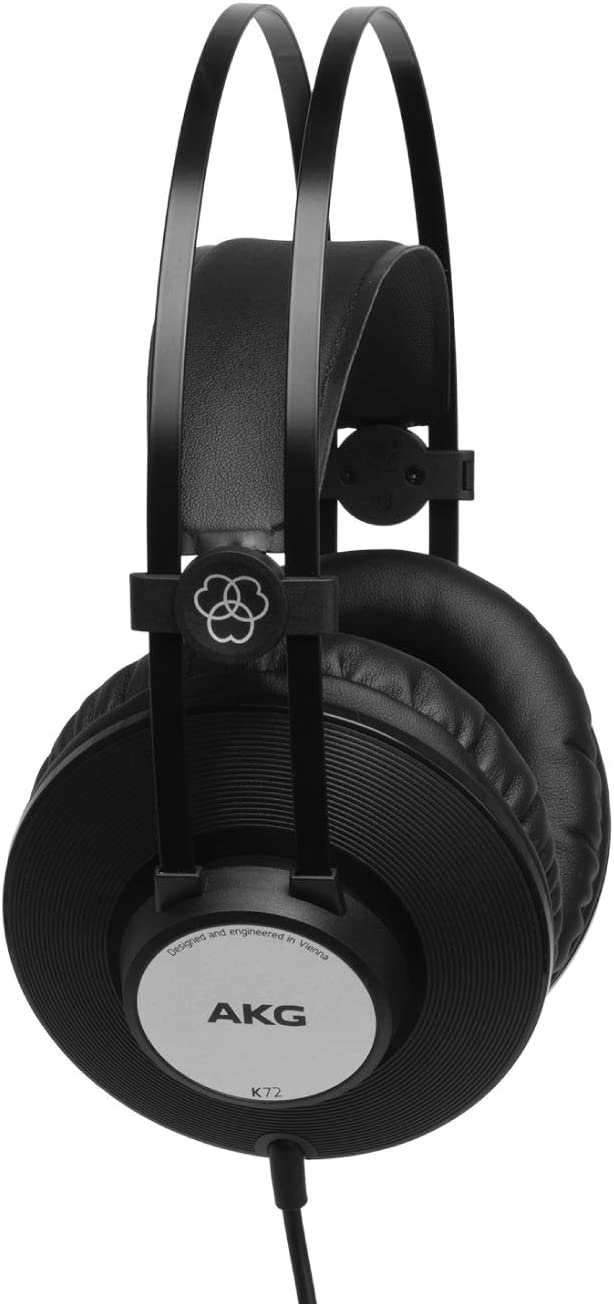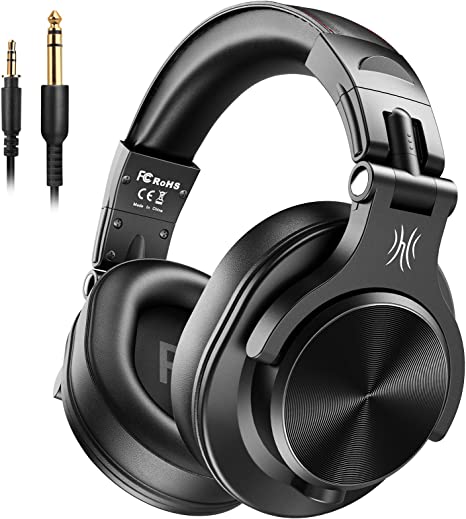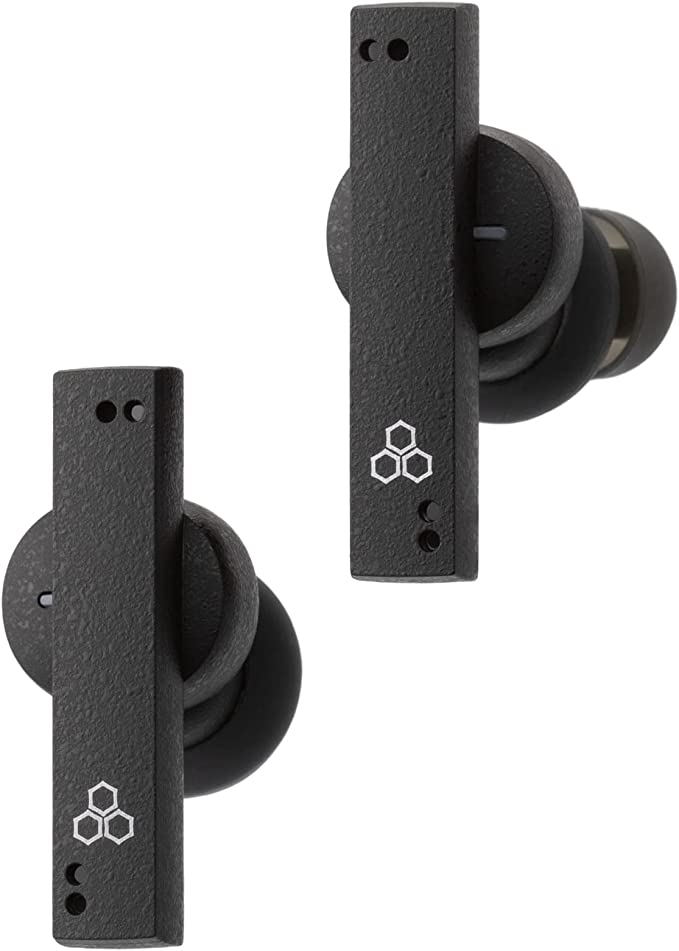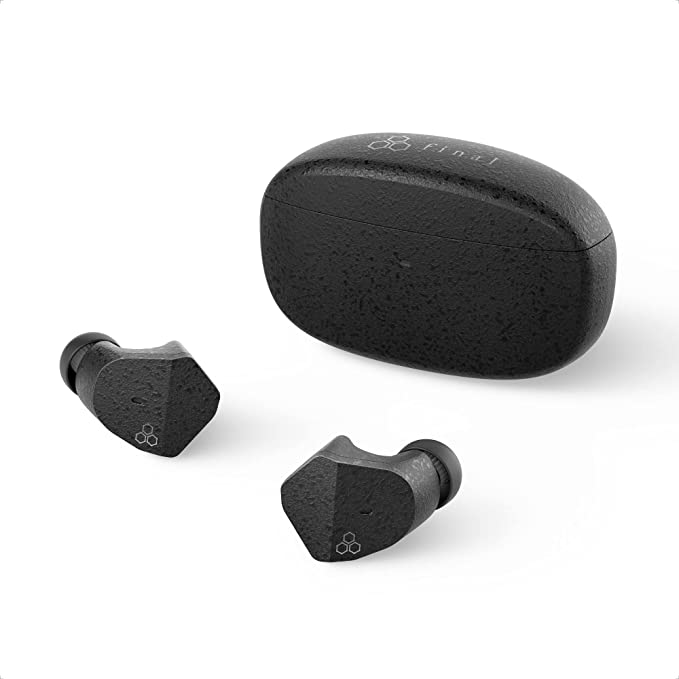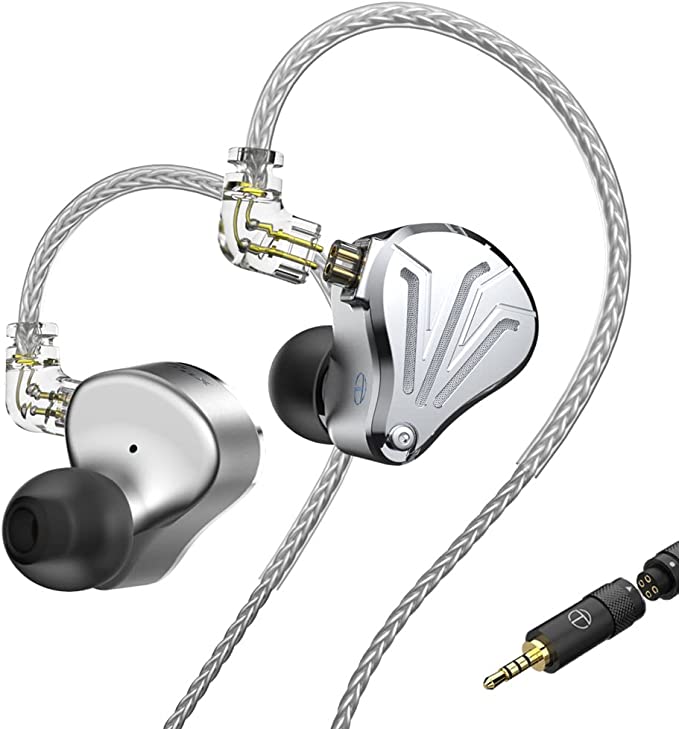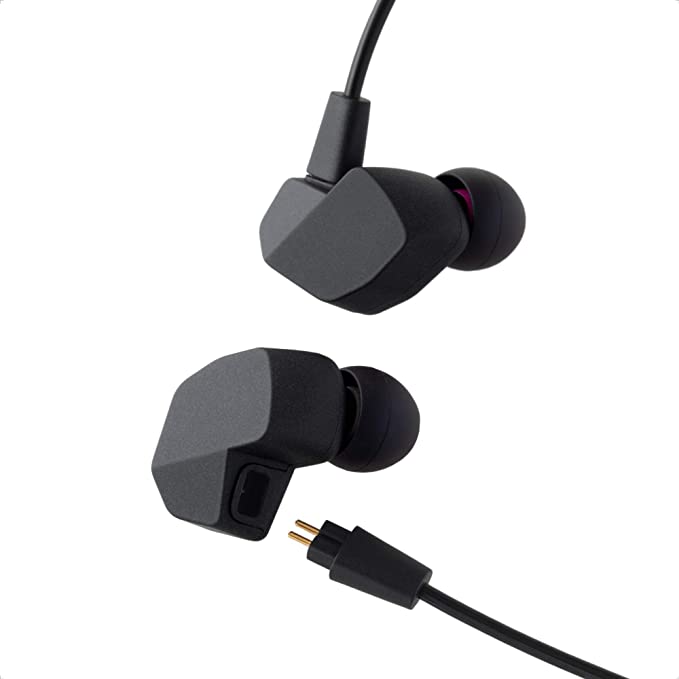TOPPING Hane01 Arpegear Hane IEM Earbuds: Unlock Audiophile Sound with Customizable Tuning
Update on Aug. 4, 2025, 11:37 a.m.
The world of digital audio offers a seductive paradox: we have access to virtually every song ever recorded, yet the experience of listening has often become sterile. We tap on glass screens, navigating menus and presets, our interaction with the music mediated by layers of software. Lost in this convenience is the tactile, deliberate ritual that once defined high-fidelity audio—the satisfying click of a knob, the careful drop of a needle. There is a growing desire to reclaim that physical connection, to move beyond being a passive consumer and become an active participant in the shaping of our sound.
This desire for tangible control sits at the heart of a fascinating intersection of material science and classic electronic design, beautifully exemplified in the TOPPING Hane01 Arpegear Hane IEM Earbuds. To understand these earphones is to go on a journey—one that starts on a loud concert stage decades ago and ends inside a microscopic lattice of carbon atoms. This isn’t just a story about a product; it’s a case study in how modern engineering can resurrect the lost art of analog control.

The Rise of Personal Monitoring
To appreciate the Hane01’s design, we must first understand its lineage. In-Ear Monitors, or IEMs, weren’t born in a consumer electronics lab. They were forged in the crucible of live rock and roll. Imagine being a musician on stage in the 1980s, standing amidst a maelstrom of roaring amplifiers and crashing drums. Hearing yourself, let alone your bandmates, was a nightly battle fought with overwhelmingly loud wedge-shaped floor monitors. This acoustic chaos not only hindered performances but posed a real threat to musicians’ hearing.
The solution was brilliantly simple: shrink the monitor and put it directly in the ear. This provided acoustic isolation from the stage noise and delivered a clear, direct feed to the artist. This professional tool, born of necessity, soon caught the attention of a different group of critical listeners: audiophiles. They recognized that the very qualities that made IEMs perfect for the stage—isolation, detail, and accuracy—were also the pillars of a profound personal listening experience. Thus began the migration of the IEM from a professional tool to an audiophile staple, igniting a perpetual quest for the “perfect” sound signature.

A Material of Impossible Qualities
At the core of any earphone is its driver, the tiny engine that turns electrical signals into sound waves. For decades, engineers have chased a dream material for drivers, one that solves a fundamental conflict: it must be immensely rigid to avoid distorting under pressure, yet astonishingly lightweight to move with speed and precision. This is where the Hane01’s Diamond-Like Carbon (DLC) diaphragm enters the conversation.
DLC is a marvel of materials science. It’s a form of carbon that isn’t quite graphite and isn’t quite diamond, but a hybrid that shares the best of diamond’s properties. Through a process of deposition, a micro-thin layer of carbon atoms arranged in a super-stiff, diamond-like sp³ lattice is coated onto a diaphragm. Think of it like the suspension system on a Formula 1 car: impossibly rigid to handle immense forces without flexing, yet incredibly light for instantaneous response.
This combination has two direct, measurable sonic benefits. First, the rigidity dramatically reduces “breakup,” the microscopic flexing that causes distortion at high frequencies. This allows the Hane01 to boast a Total Harmonic Distortion (THD) of less than 0.05%, ensuring the sound remains exceptionally clean and pure. Second, its low mass gives it a lightning-fast transient response. The sharp crack of a snare, the subtle breath of a vocalist, the delicate decay of a cymbal—these fleeting details are rendered with breathtaking accuracy. It’s this physical prowess that underpins the driver’s ability to cover an immense frequency spectrum, from the subterranean rumble of 5Hz to the airy shimmer of 35kHz.

The Analog Charm of Hardware Equalization
While the DLC driver provides a pristine canvas, the Hane01’s most unique feature is the brush it hands to the listener: a bank of four physical switches offering 16 sound signatures. This is Hardware EQ, and it is fundamentally different from the software equalizer on your phone.
A software EQ is a digital tool. It takes the audio data and uses complex algorithms to change its mathematical composition. It’s powerful and convenient, much like applying a filter in Photoshop. A hardware EQ, by contrast, is an analog process. Flipping one of the switches on the Hane01 physically reroutes the electrical signal through a different set of components. It’s less like a software filter and more like swapping the actual lens filter on a high-end camera. Each physical filter has a unique, innate character that cannot be perfectly emulated.
How does it work? Each switch likely engages or bypasses a simple passive filter circuit, typically composed of resistors (R) and capacitors (C). In the simplest terms, capacitors tend to let high frequencies pass while impeding low ones, and resistors limit current flow. By creating a network of these components, engineers can precisely sculpt which frequencies are attenuated or allowed to pass through to the driver. The genius of the Hane01’s system, as eagle-eyed users have noted, is its subtlety. One switch doesn’t just “boost bass”; another can be used to gently “reduce treble.” This indicates a sophisticated design capable of delicate, subtractive toning, not just crude addition. It’s the difference between a sculptor using a chisel and one using a sledgehammer.

The Price of Purity: Understanding Power and Impedance
This intricate analog circuitry, combined with the high-performance driver, leads to a specific electrical characteristic: an impedance of 80 Ohms. For the budding audiophile, this number can be confusing. Simply put, impedance is a measure of electrical resistance. Most consumer earbuds have a low impedance (16-32 Ohms), making them easy to power from any phone.
The Hane01’s higher 80-Ohm impedance is a direct result of its internal complexity. The elaborate network of filter components adds to the overall electrical load the driver presents to the amplifier. As users have rightly discovered, this means the Hane01 craves power and performs its best when connected to an audio source with a “high gain” setting. Think of it like water pressure: a wider, more complex network of pipes (the filters) requires a stronger pump (the amplifier) to push the water (the signal) through effectively. This isn’t a flaw; it is an intentional design trade-off. It’s the signature of a high-performance system built for listeners who are willing to provide the right conditions to unlock its full potential.
The Listener as the Engineer
The TOPPING Hane01 stands as a compelling testament to thoughtful engineering. It masterfully blends the absolute cutting edge of material science with electronic principles that have been understood for a century. The result is more than an earphone; it’s an instrument of control.
It returns to the listener a sense of agency that has been largely lost in the digital age. The deliberate, tactile click of its switches is a small but profound act of creation. It transforms the listener from a passive consumer of sound into an active engineer of their own personal audio experience. In a world increasingly driven by intangible algorithms and presets, a device that confidently hands back physical control isn’t a step backward. It is a powerful and welcome reminder that the most rewarding technological experiences are often those we can touch, feel, and understand on our own terms.
